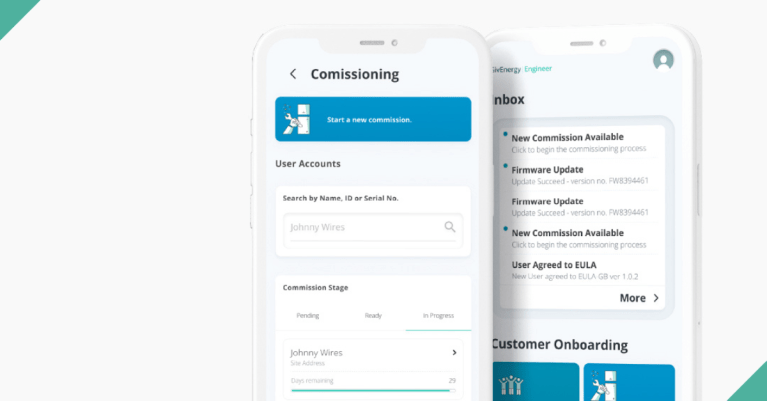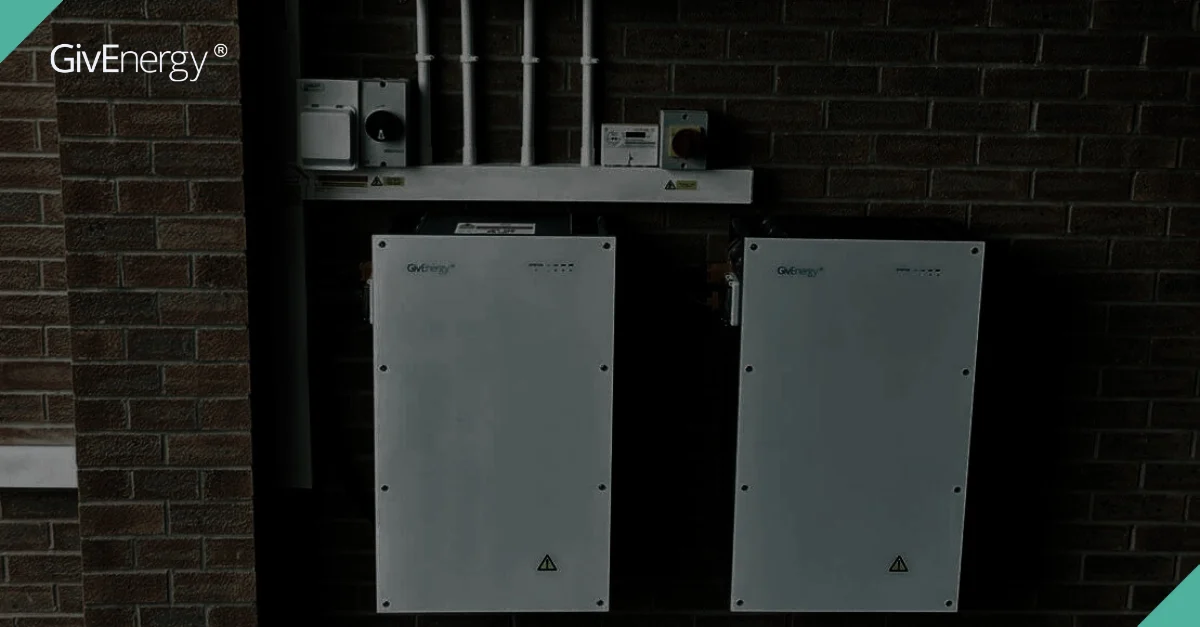With the potential to cut energy bills and carbon emissions, it’s not surprising that the number of billpayers installing home battery storage systems is on the rise.
Data from GivEnergy customers suggests that with a home battery, you can save around 85% on your energy bills and cut your carbon footprint by 300kg per year.
To the layman, the world of home batteries can appear complex.
Don’t know your hybrid inverter from your AC coupled? Not sure if home batteries work without renewables?
If these are the kind of questions you’re asking yourself, this guide, explaining how home battery storage systems work, is for you.
Batteries and inverters
All home battery storage systems include two basic components: a battery and an inverter.
Let’s start with the battery – the muscle behind your home battery storage system.
The size of the battery you install depends on your energy needs. A detached house with five people will likely use more energy than a small 1-bedroom flat with two people.
Make sure you do your research before choosing a home battery that’s right for you.
Take GivEnergy’s range of home storage batteries as an example. For a small property, the Giv-Bat 2.6 with a capacity of 2.6kWh might be the best choice. For a larger property, the larger All in One with 13.5kWh might be better.
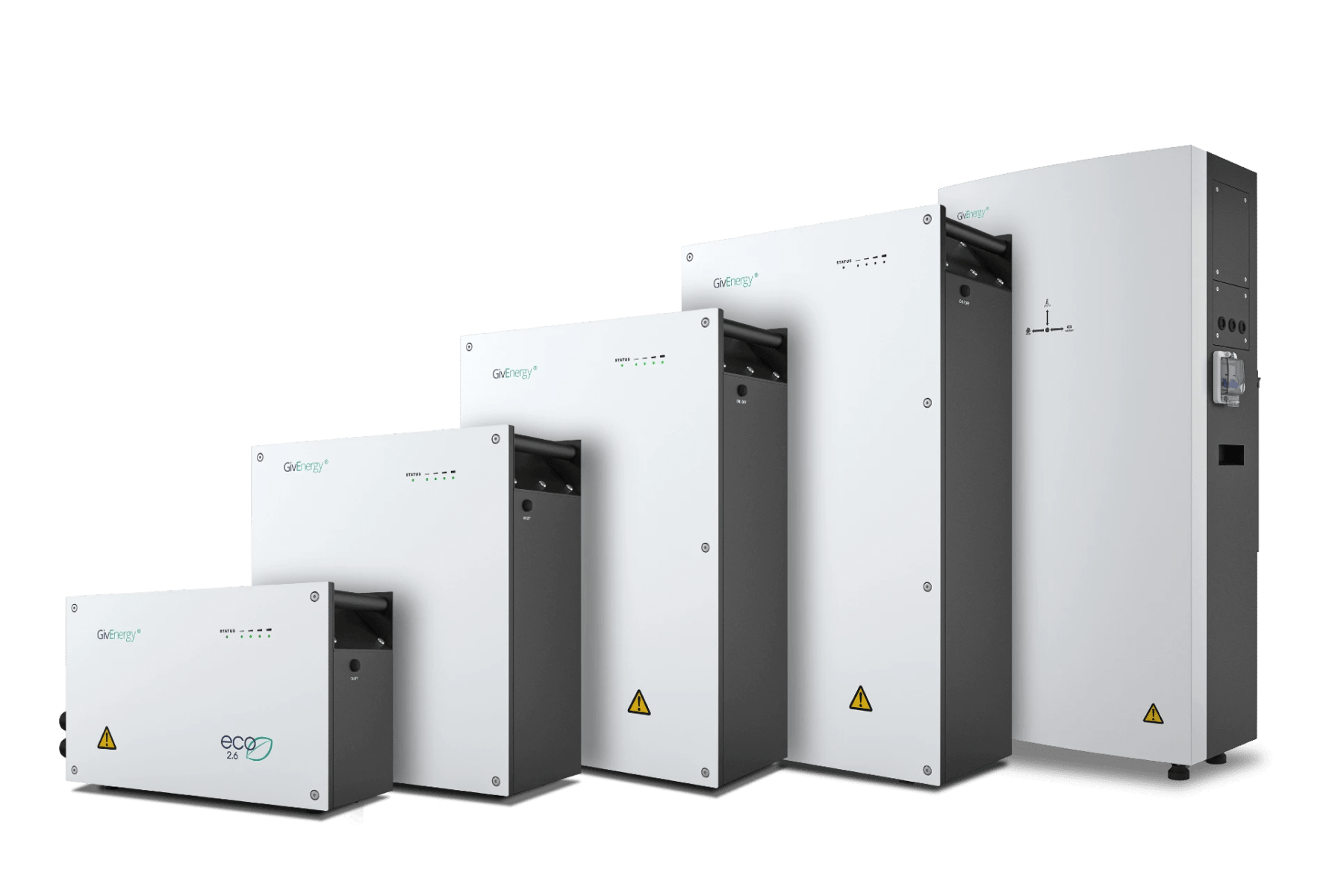
Next, let’s talk about the inverter
If the battery is the muscle, then the inverter is the brains of your home battery storage system, converting electricity from direct current (DC) to alternating current (AC).
For context, many household devices such as refrigerators, washing machines, dishwashers and more use AC. So, the inverter is an essential part of your home storage system… assuming you want it to power basic household devices.
Whether you get an AC coupled or hybrid inverter depends very much on your individual circumstances.
AC coupled inverters are best for:
- Homes with an existing solar setup
- Homes using hydro or wind power
- Homes using a battery only – no renewables
Hybrid inverters are best for:
- Homes starting a new solar project
- Homes installing in a compact space – needing a battery and solar in one unit
- Homes seeking a 3-phase system
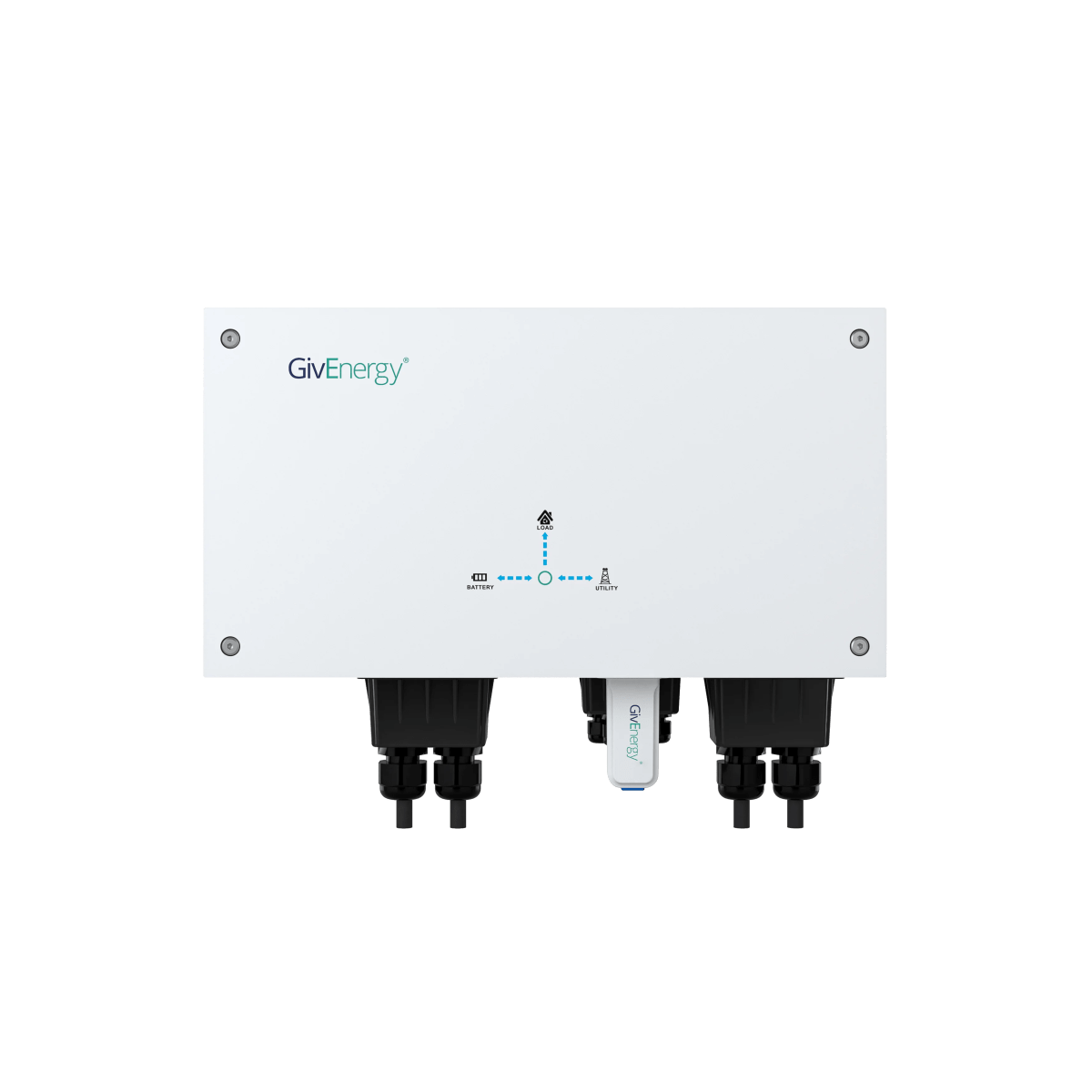

How home battery storage systems work without renewables
‘I don’t generate my own renewable energy. Can I still install a home battery?’
Short answer: yes. In fact, it’s recommended. Here’s how it works.
We recognise that installing solar panels or a wind turbine for home is not within everyone’s means.
Nonetheless, installing a standalone home battery can still help cut your bills and even benefit the grid.
This is especially true for those on smart tariffs – cheaper energy prices during off-peak hours and more expensive rates during peak periods.
You can charge your home storage battery from the grid during cheaper off-peak hours. Then, during peak periods, you can discharge when energy is more expensive.
This can help reduce your reliance on the grid when energy is more expensive and therefore, cut your bills.

Moreover, by drawing less from the grid during peak times, you’re helping to reduce strain on the grid.
Inbuilt algorithms mean your GivEnergy home battery will automatically charge and discharge intelligently – taking advantage of cheap rates. However, you can also manually control when your battery charges and discharges through energy monitoring software (more on this later).
The next time you wonder if a standalone home battery is worth it, remember that it can be good for you and the grid. You don’t need to splash out on solar panels on your roof or a wind turbine in your back garden.
How home battery storage systems work with renewables
Let’s say you’ve decided to install solar panels or a wind turbine for home. Do you need to add on a home battery?
Short answer: not exactly.
However, it is highly recommended.
That’s because without battery storage, a lot of the energy you generate will go to waste.

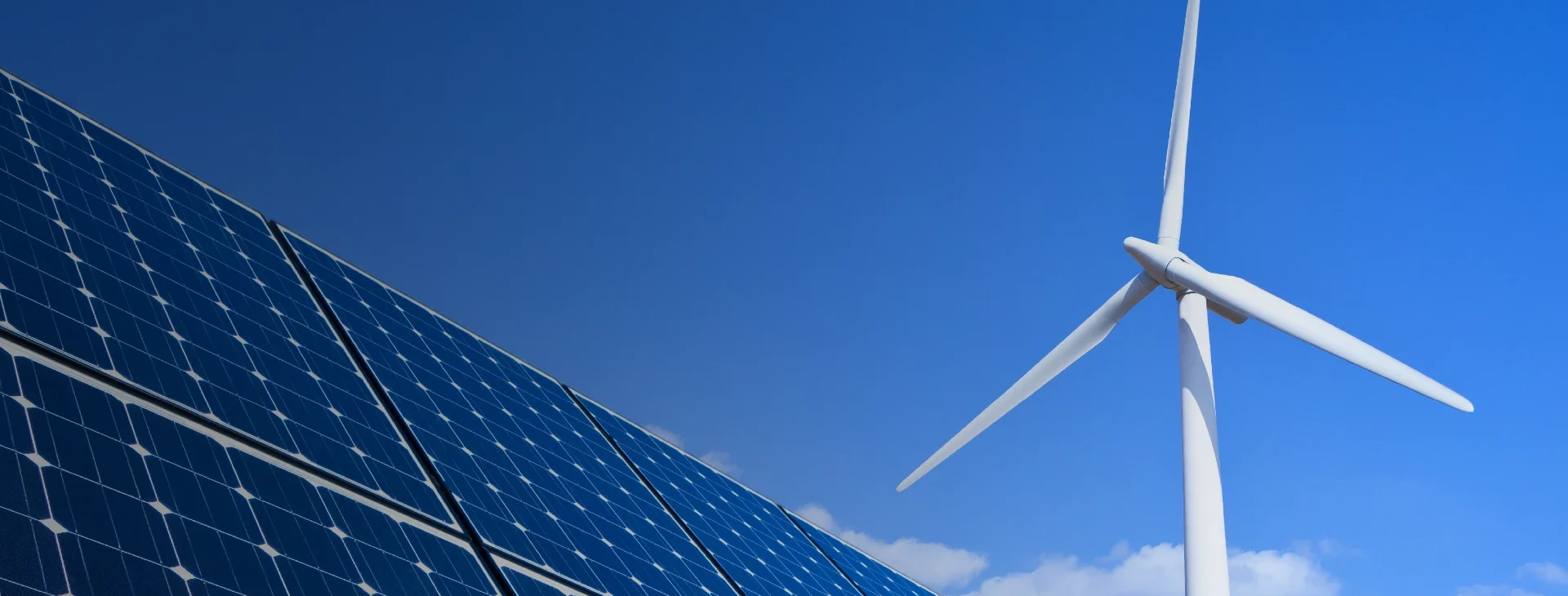
Solar and wind tend to have hour-to-hour variability. The sun and wind aren’t always shining and blowing when your energy needs peak.
That’s where a home battery storage system comes in. Here’s how it works.
Imagine you have solar panels on the roof of your home. It’s nice and sunny during the day which means you’re generating a lot of electricity.
As you’re out working in the office at this time, you’re not using the electricity generated.
However, with your home battery, you can store it and discharge when you arrive home in the evening.
If the amount you generate and store in your battery isn’t enough, you can still draw from the grid to meet your energy needs.
The numbers suggest that too many of us remain unaware of the crucial role storage batteries play in the development of renewables.
The latest estimates suggest there are 1.3 million homes in the UK with solar panel installations. The latest estimates for home storage batteries in the UK? 10,000 – though this figure is a few years old and may have changed a little since.
So, just in case it wasn’t already clear, renewable technologies should always be coupled with storage batteries, assuming you want to get the most out of them.
How home battery storage systems work with energy monitoring
The whole point of installing a home battery is to cut your bills and your carbon emissions. That makes your ability to monitor your home battery and your overall energy usage all the more important.

Most home batteries will come with some form of energy monitoring software – apps, portals and the like. The batteries work without it. But to get the most out of your battery, you should take advantage of whatever energy monitoring software is available.
Monitoring your energy usage allows you to:
- See where energy is wasted and cut down accordingly
- See how much energy is drawn from the grid, renewables or your battery
By monitoring your energy usage, you can increase your reliance on independent sources of energy – home battery, renewables, etc. – and reduce your reliance on the grid.
How home battery storage systems work with other devices
A home battery is not just about batteries and renewables.
Your home battery storage system works with a whole load of add-ons.
Here are a few examples.
When it comes to monitoring your energy usage, a GivEnergy battery works with:
- A smart meter to monitor your overall energy usage
- Smart plugs to monitor the energy usage of individual devices
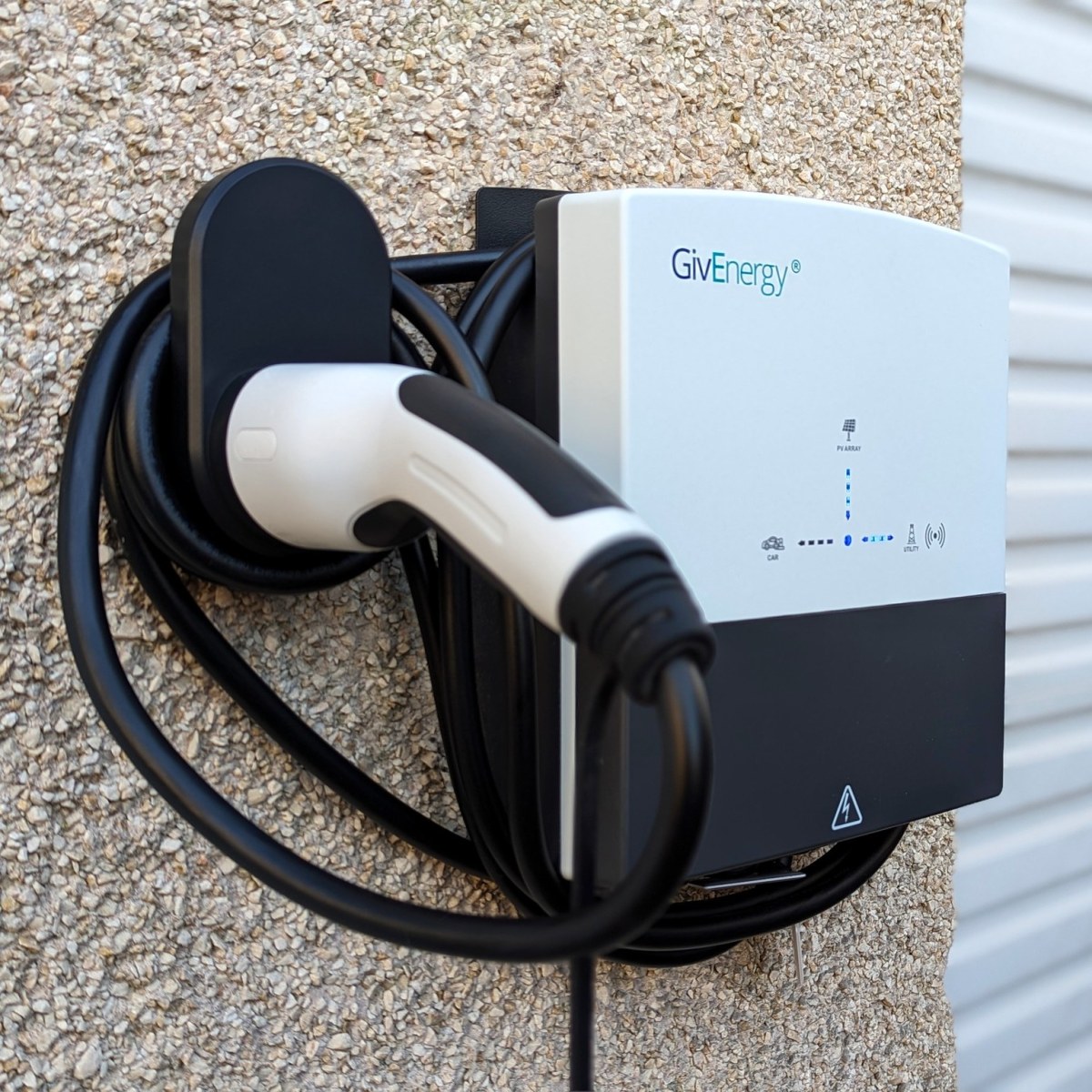

Charging an EV at home? You might want to integrate an EV charger into your battery storage system.
While you can charge from an ordinary 3-pin home plug socket, charging from a designated EV charger is recommended; it’s generally cheaper, faster and safer.
Using your EV charger with your home battery storage system allows you to charge your car strategically, e.g. when your battery is fully charged or when you’re generating renewable energy.
One more thing…
Now that you’ve made it to this point, you should have a solid understanding of how home battery storage systems work.
Just one final thing to note.
You might be wondering if a home battery storage system works outdoors.
For all GivEnergy batteries, the answer is: yes. That’s because all batteries have an IP65 rating. For other batteries, you’ll need to check before you install.
That being said, you still need to cover your outdoor GivEnergy battery with a canopy.
For indoor installations, be sure to keep your battery away from direct heat sources.
For all installations, leave adequate room around the battery for ventilation.
If you’re ready to install a storage battery for your home, find an approved GivEnergy installer near you today.


